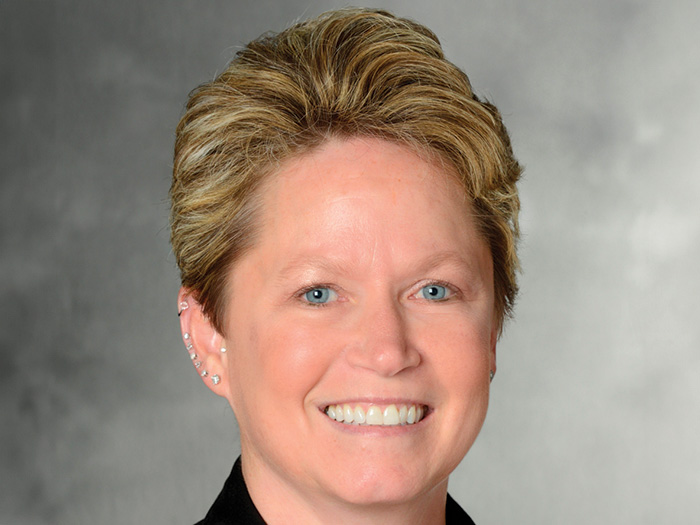Workplace Safety Trends
Millennials Are Better at Safety Than You

Millennials grew up immersed in technology. So it makes sense that as they’ve taken their place in the workforce and launched businesses of their own, technology is embedded in every aspect of their workplaces — including how they keep their employees safe on the job.
According to Nationwide’s fourth annual Business Owner Survey, millennial business owners are twice as likely to be using connected technologies as part of their safety efforts.
Of the 1,000 small- to mid-sized U.S. business owners surveyed, almost one-third of business owners rely on technologies like telematics, drones, wearables and building sensors to support workplace safety. Among millennials, that number is 71 percent.
The results, said Tony Fenton, vice president of commercial lines product & underwriting, Nationwide, are a validation that technology is placing an increasing role in the operations of small and mid-sized business owners.
“It’s amazing the evolution we’ve seen in the industry and the tools that are available to business owners,” he said. “Ultimately [these] tools allow companies to advance their risk management profile and tactics.”
The most common connected technologies millennial-aged business owners use for their workplace safety efforts are:
- Building sensors, such as those that can detect humidity, temperature, water leaks and equipment failure, among other conditions. At least 36 percent of millennial business owners are using sensors, compared to 16 percent of all business owners.
- Personal wearables, such as wristbands or watches, belts and other personal sensors, are being used by 32 percent of millennial business owners to detect physical strain. This technology is in use across 13 percent of all businesses surveyed.
- Drones are used by 21 percent of millennials to reach or inspect areas that could be dangerous for their workers. Around 7 percent of all business owners are using drones this way.
- Vehicle telematics are commonly used to help reduce distracted driving. Eleven percent of all business owners employ telematics, while 20 percent of millennial business owners are using it.
According to the survey, 51 percent of businesses do not employ a dedicated safety professional. That job may fall to an executive or manager who wears a wide variety of hats.
Those companies don’t have the resources to deploy safety staff throughout the company and monitor safety every hour of the day. That’s why the use of technology has become an integral part of the safety mission.
“Technology enables a stronger vantage point into the operation,” said Fenton. “A small business owner can’t be there at every single step of the process or the business operation but can use technology to mitigate risk and mitigate workplace injuries.”
“A small business owner can’t be there at every single step of the process or the business operation but can use technology to mitigate risk and mitigate workplace injuries.” — Tony Fenton, vice president of commercial lines product & underwriting, Nationwide
Advanced technologies enable business owners to better understand risk “and allow for [adoption of] some upmarket safety management tactics,” he said.
“A technology solution such as telematics allows you to know how your drivers are actually performing and behaving in the market. To have that information at your fingertips as a fleet owner is a pretty amazing tool.”
Invest Wisely, Like Millennials Do
Smaller operations may not have the capital to dive headfirst into a technology-driven safety environment. But even small investments can have a major impact on safety performance.
“You don’t have to employ all of the different technologies at once,” said Fenton. “[Ask yourself] what issue you are trying to solve, where is the greatest opportunity within your business, and take a purposeful step in that direction.”
Having the advice of an agent or broker could be beneficial for most business owners, no matter how savvy their understanding of newer technologies.
Fenton said that’s why one of the key takeaways of this year’s survey is a “call to action for carriers to think about how they can better support their members and customers in this journey … to have professionals that are versed in the technology and can be a guidepost or consult as the technology is enabled within a customer’s operation.”
While the “zero injury” workplace has long been considered a pipe dream by some, recent technological developments are quickly bringing that ideal closer to reality.
“I hope that, ultimately, we get to zero workplace injuries,” said Fenton, “and I see technology as an enabler of that.” &











